Try July
I’ve decided my version of Dry July has got to be about finding joy again in my projects. I used to make costumes even when I had no where to wear them. It’s working. So far I’ve found in my mix of resources some patterns for mum and I to make clothes for my childhood dolls (and baby Morden) and I found all the historic doll costuming books I used in my teens and so they are all tidy.
I found the designer of a gorgeous soft bodied “wooden” doll. I make my own patterns generally but I wanted to support her as I think she deserves credit for inspiration which led me to new solutions.
Hmm. I could also make a 3D model now. But I like this doll so much so I’ll probably maker her in the meantime as I only need a few supplies.
I learned how to pattern from several dollmaking books, I learned how to make fabric bodies which helped me understand how historic garments fit, the fashion dolls also offered simplified patterns of highly complex fashion styles, so I got very familiar with construction of the 19thC too.
This is probably my favourite. Seriously beautiful dolls and recreated gowns.
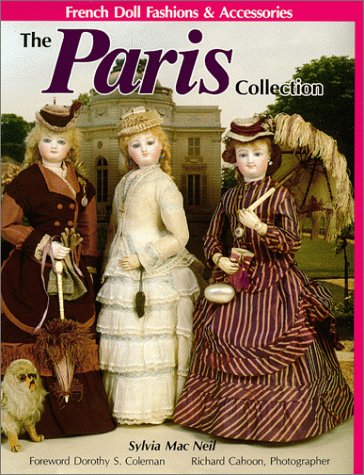
by Mac Neil, Sylvia
Publication date 1992
https://archive.org/details/pariscollection0000macn
But if I want to make frocks for this Regency-Romantic shaped doll then I need to extend into the past and the dresses for these dolls can be remarkably closer to the shapes of full scale gowns.
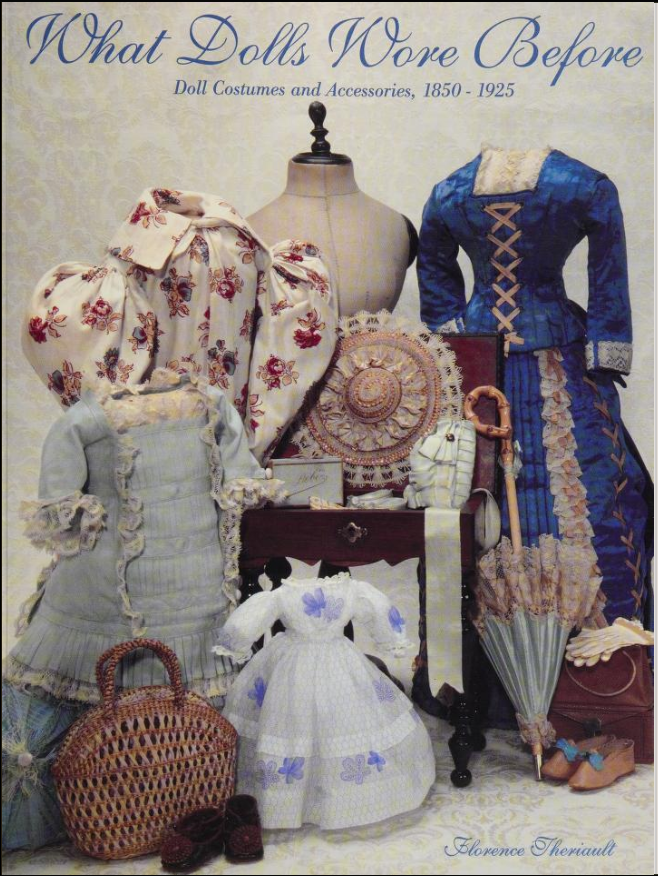
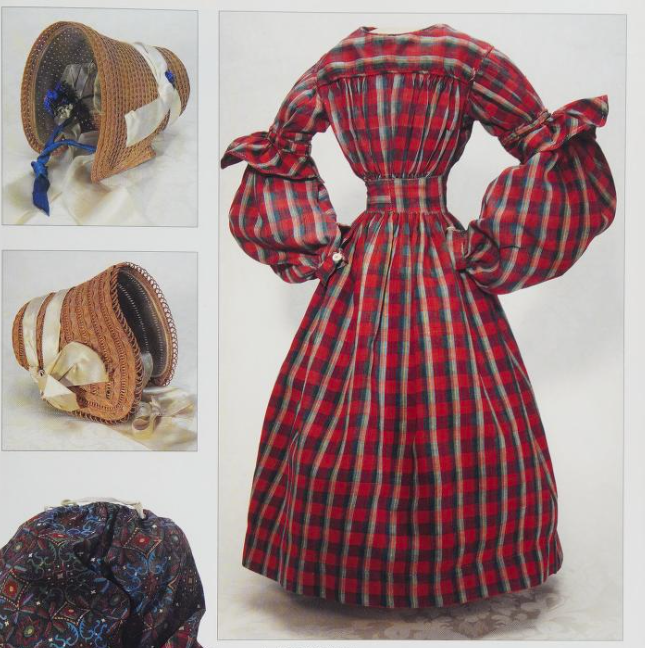
doll costumes and accessories, 1850-1925
by Theriault, Florence
Publication date 1997
https://archive.org/details/whatdollsworebef0000ther
But I also want to look at the old dolls as there were so very many attempts to both create a doll of idealised proportions, but also durability, and ways to allow them to move so lots of options to mix in.
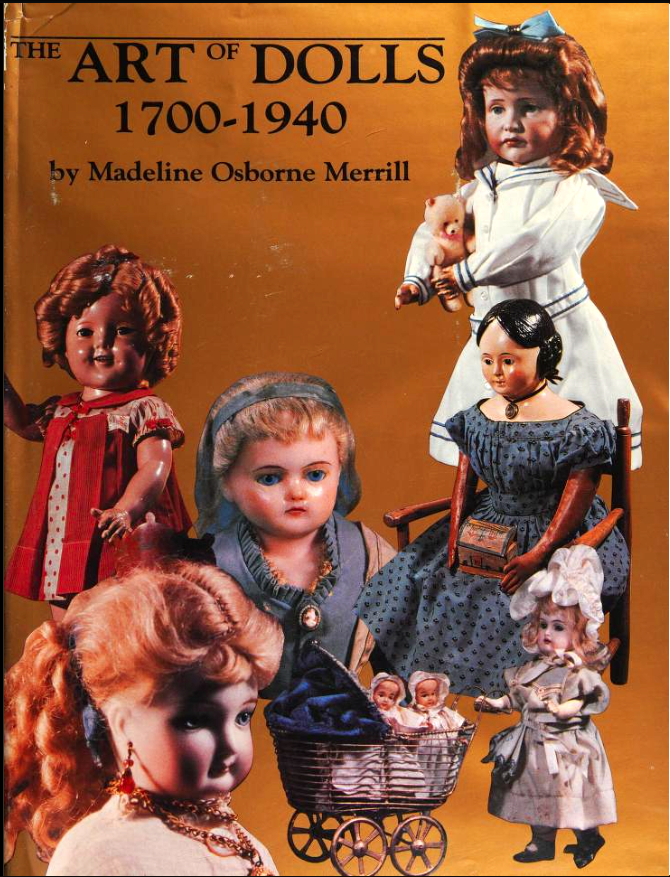
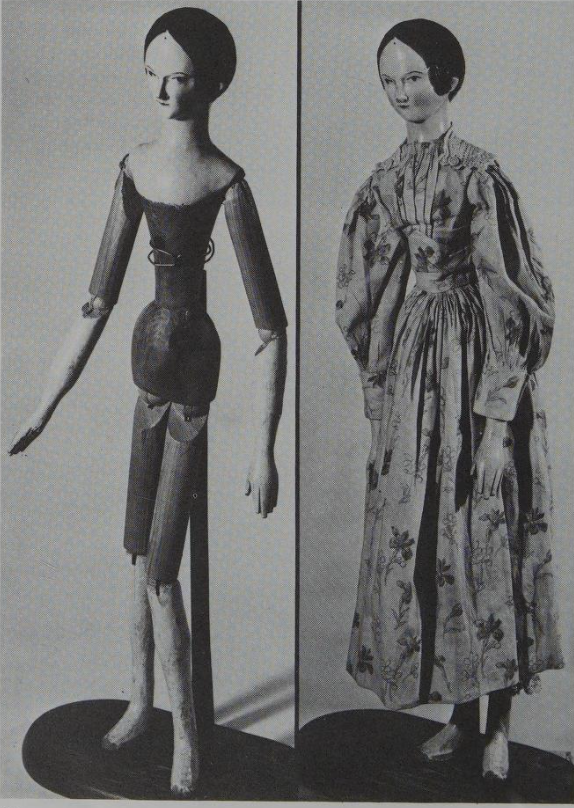
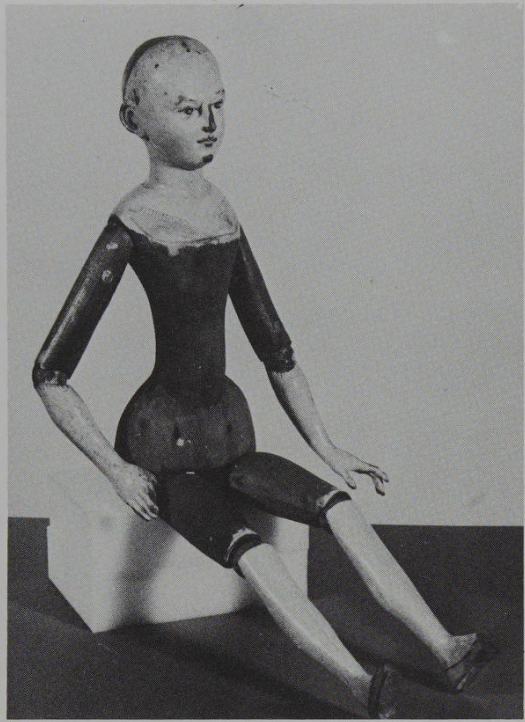
by Merrill, Madeline Osborne, 1907-1981
Publication date 1985
https://archive.org/details/artofdolls1700190000merr/
It appears I’ve definitely rea this book in a local library as these dolls influenced my polymer clay doll in terms of features:
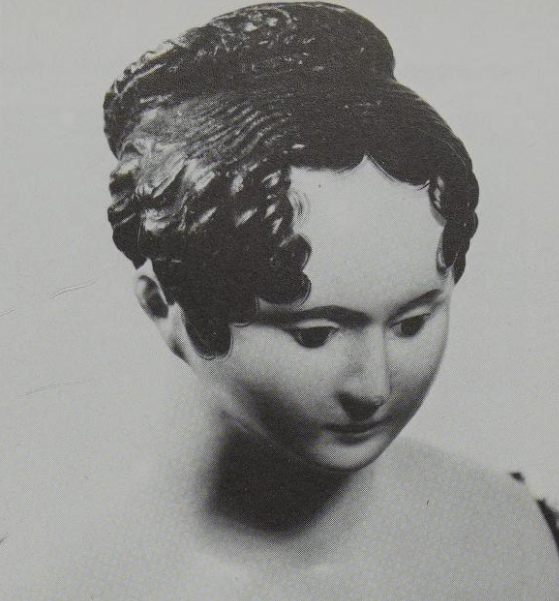
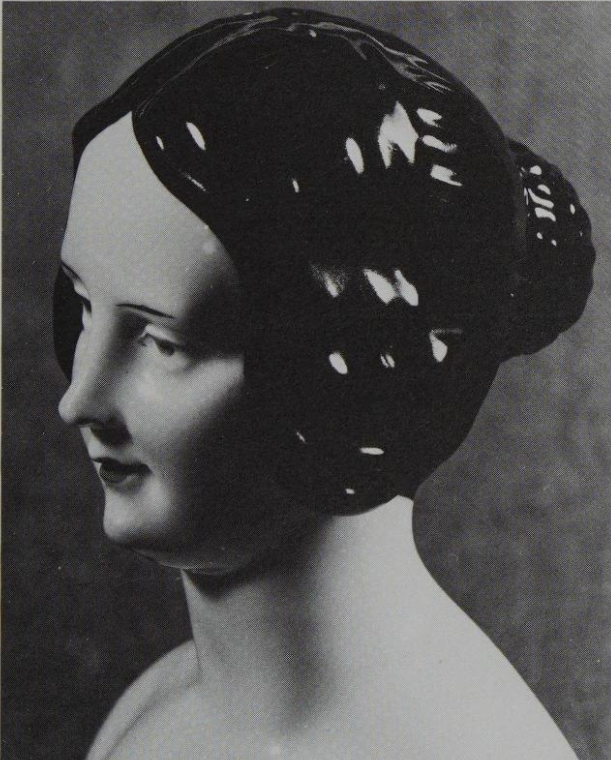
It’s why I want to mould her so I can cast her to make a ball jointed body for her. And that’s where you can get some amazing variations of body materials, leading back to this cloth doll.
These three fashion dolls have bisque heads, the middle and right hand dolls have wooden bodies, but the doll to the left is made of pressed leather! The joints are beautiful. I might try for something similar for my polymer doll.
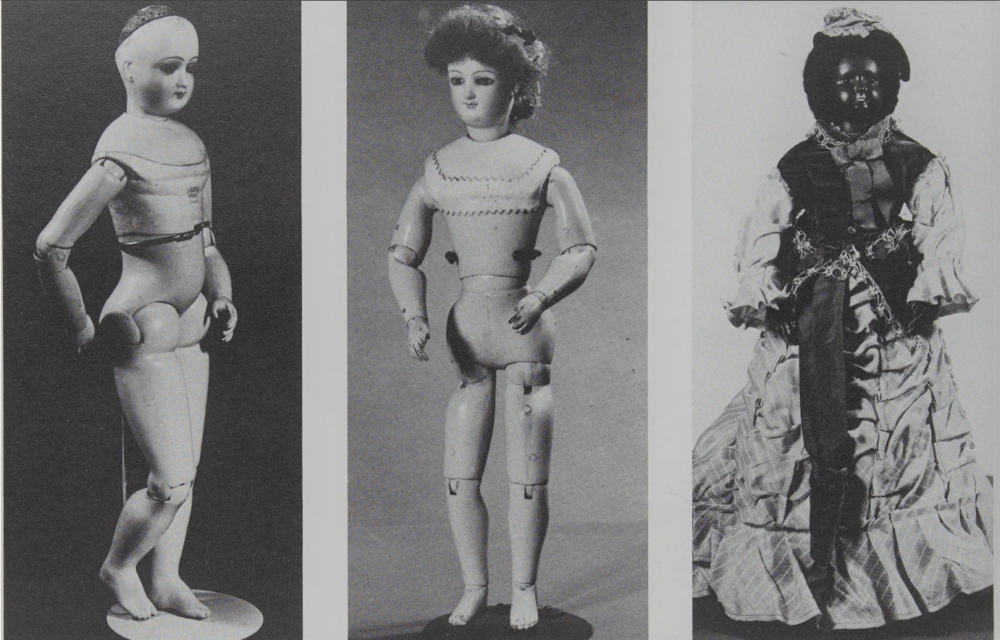
And then you have twill over papier mache!
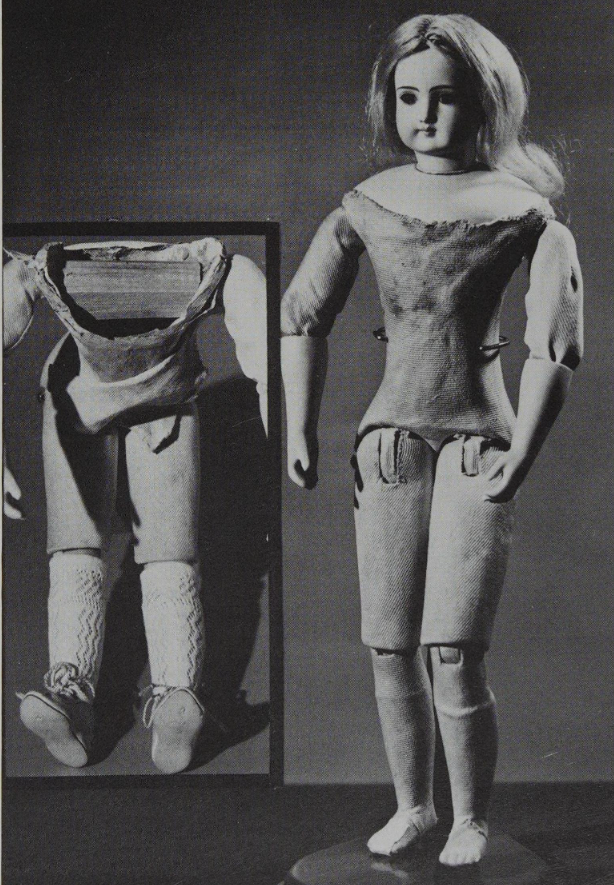
And finally yes, ball jointed dolls have been around for a long time, peg jointed even longer.
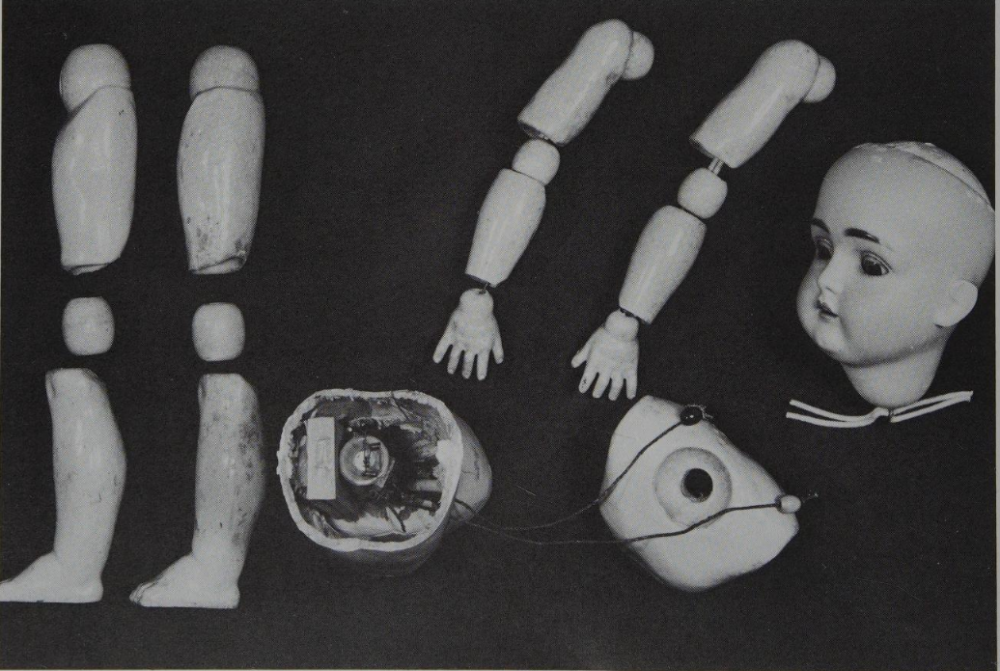
Ancient roman peg jointed figures.
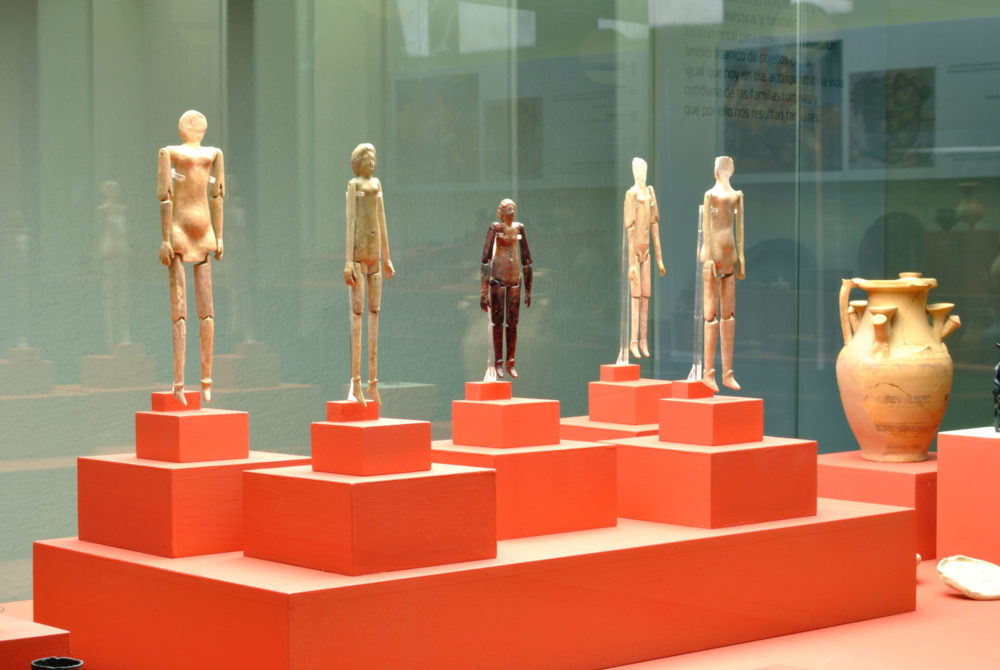
The 16thC figures are very anatomically detailed, too detailed for a safe for work style blog, but they have some incredible range of movement, and are mostly for artists to use as models.
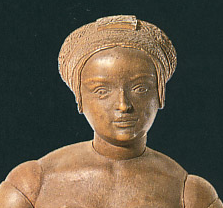
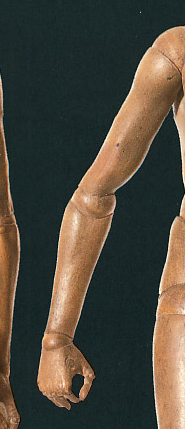
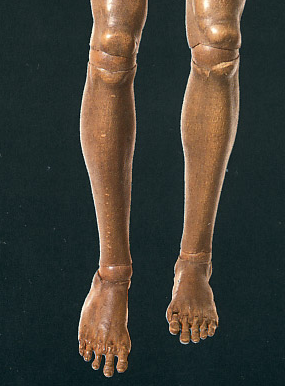
Gliederpuppenpaar, salzburgisch, Umkreis des Meisters I.P.(?), um 1525. Buchsbaumholz, H. 23 cm, Innsbruck, Tiroler Landesmuseum Ferdinandeum, Inv. Nr. P415, P416.
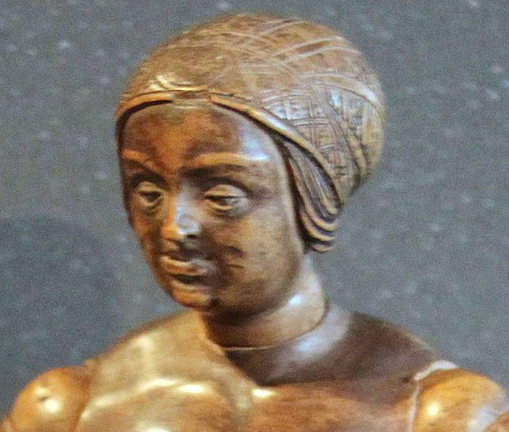
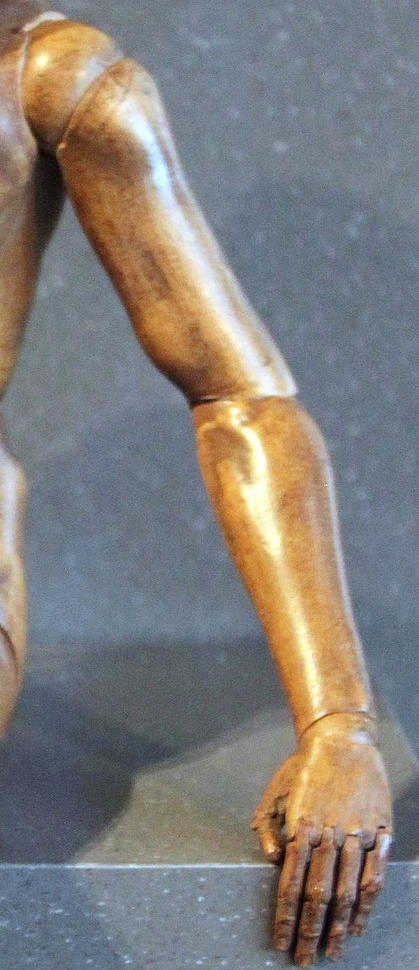
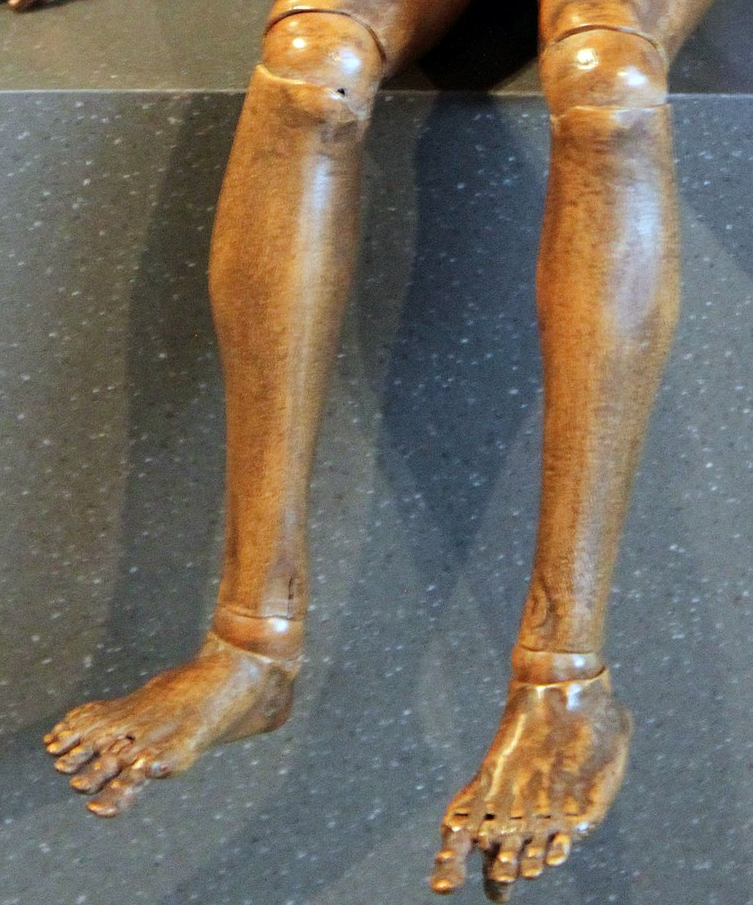
Weibliche Gliederpuppe, Nürnberg um 1520, Buchsbaumholz, Bodemuseum Berlin (Inv. 2167)
There are so many more, if you can get hold of this book it’s incredible:
Die Gliederpuppe: Kult – Kunst – Konzept
Markus Rath
Walter de Gruyter GmbH & Co KG, 19/02/2018 – ArtSo now I know my doll approach.
